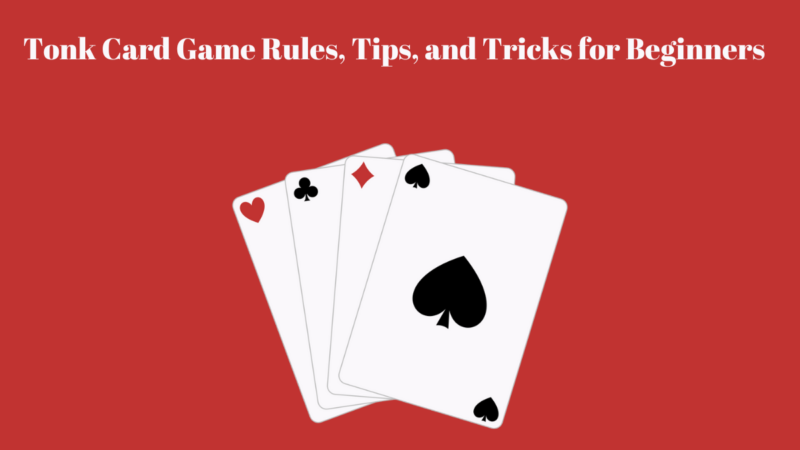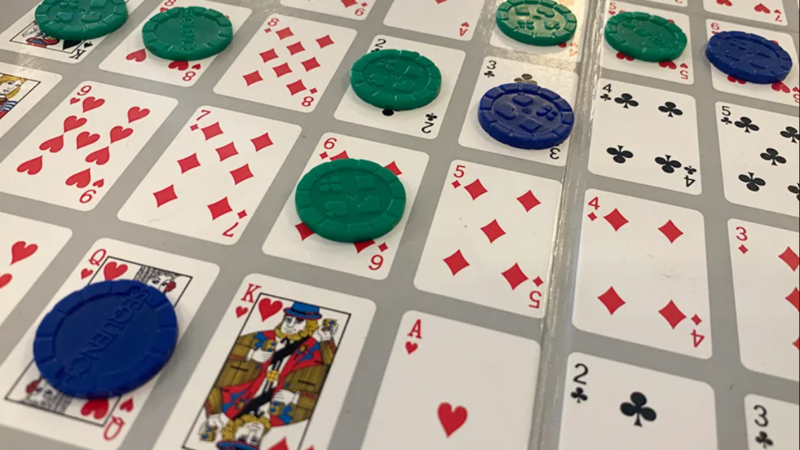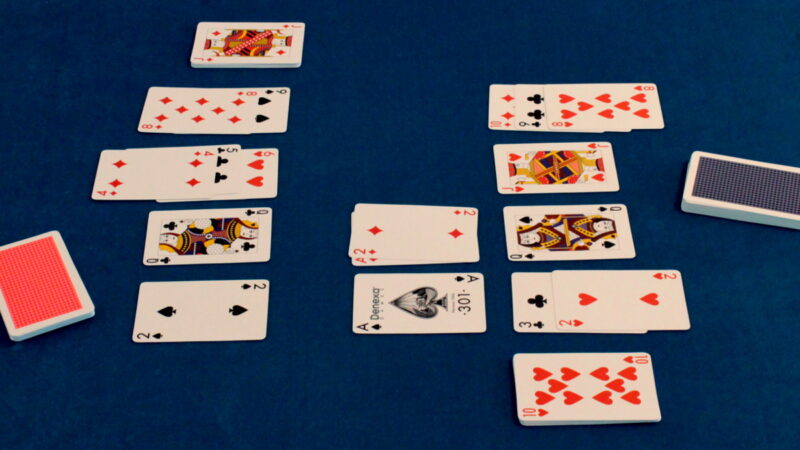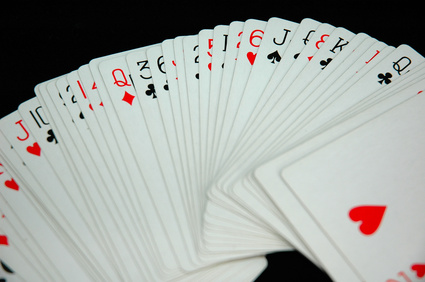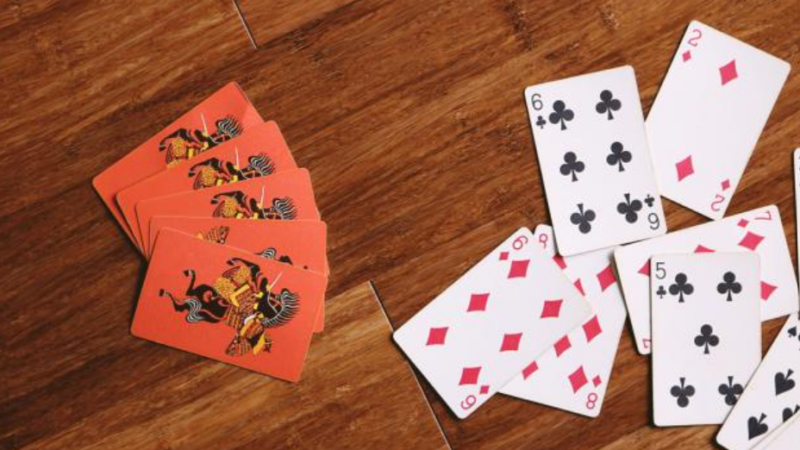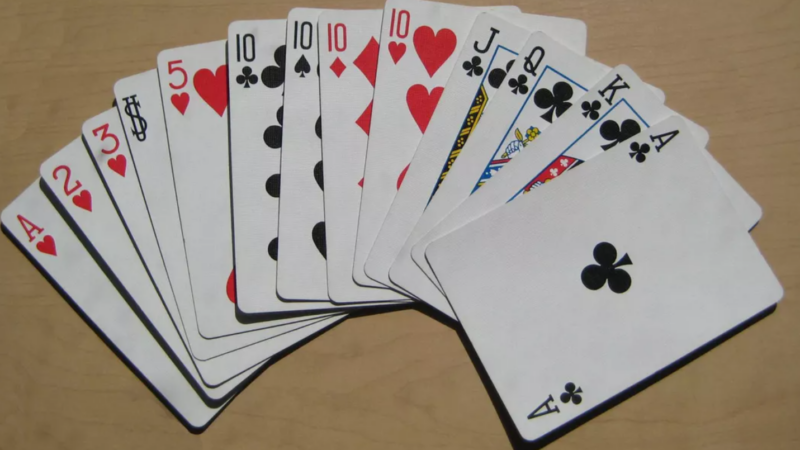Canasta: Rules, Gameplay, and Everything About the Classic Card Game
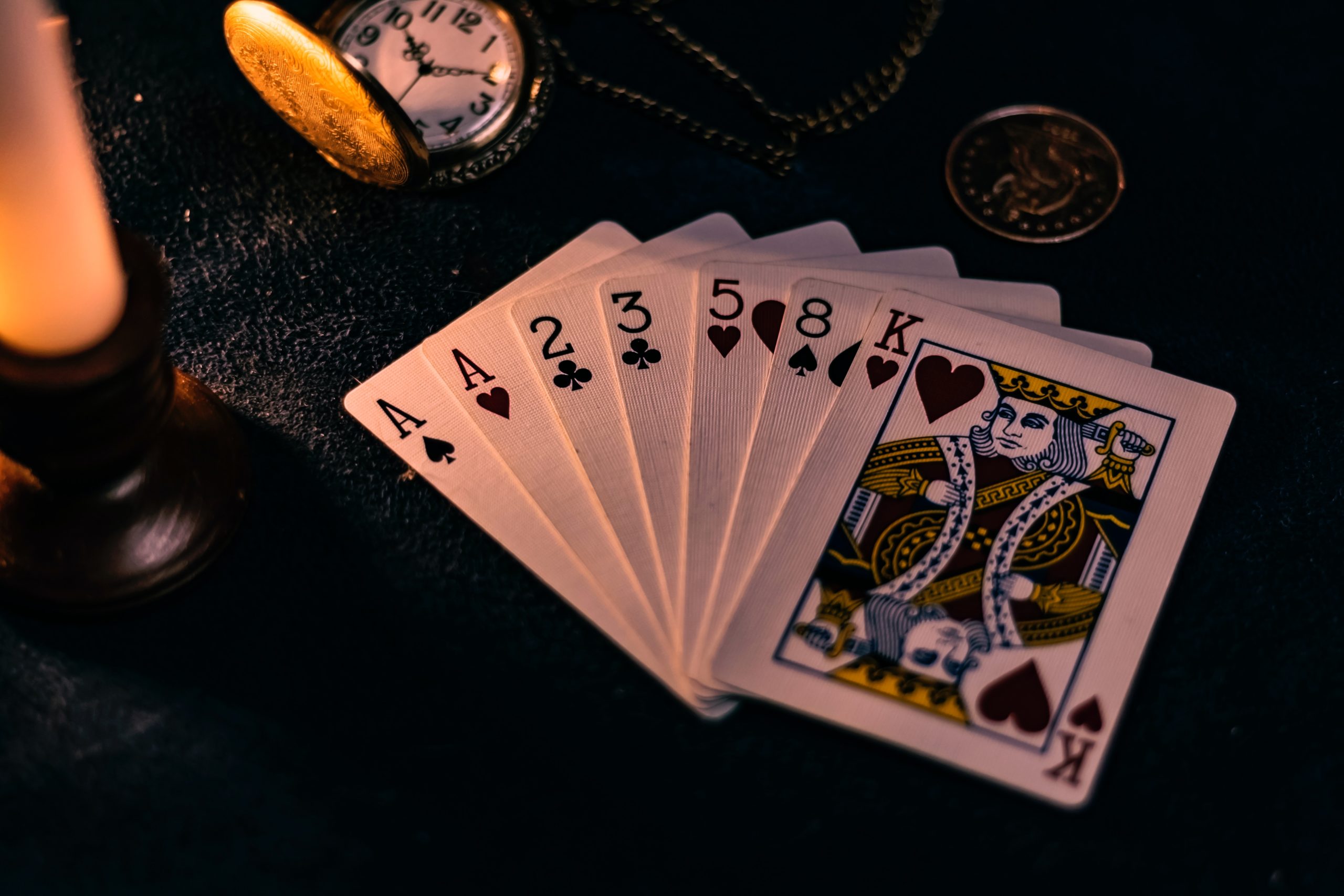
Have you ever played the classic Canasta card game? If yes, you must know the canasta rules and how fun and versatile this classic card game is.
The Canasta is a part of the rummy card games family, which also includes others like three thirteen, Gin Rummy, and more. Canasta is an intimidating game that you can enjoy with four, three, or two players. This is a game that everyone is going to love, whether a teenager or an adult.
In the article, we will explore various aspects of the Canasta card game, including the canasta rules, gameplay, and more. The instructions and information in the article will help even a novice player to learn the game.
The object of The Canasta
The main objective of the canasta card game is to gain more points against the opponent team. Points in the game are scored by the formation of melds. A meld is a combination of 3 or more 3 cards that have the same rank. This meddling of cards can be done without or with the help of wild cards.
When a player makes, a meld that has at least seven cards is known as Canasta.
How To Play Canasta?
The classic canasta game is a four-player game in which there is a partnership of two players each. There are also variations for the game, which include:
- Three player game
- Two-player game
- Six-player game
According to canasta rules, there is no team in the three and two-player variants, and each player plays alone. Whereas in the six-player version, there are three teams of two players each.
The players who are in partnership sit opposite to each other in the canasta game. For gameplay, a full deck (french) of 52 cards is needed in the game. The four jokers are also a part of the game. However, all the deuces and the jokers are the wild cards according to the canasta game rules.
Now, as you know the basics, let’s move on to the gameplay of the Canasta.
Gameplay
- Each player is given 11 cards after shuffling of cards.
- According to the canasta rules, each player picks up a single card or deck when their turn comes.
- The player should put melds or meld on the table. After this, the players with each turn have to discard a card. The play of the Canasta moves in a clockwise format.
- According to the rules, the play continues until a player is able to clear the hand from all cards.
- Each player’s or team’s points are then added to the existing score them.
- When a pre-decided score is reached, the game ends. The player or team with the most points or who reaches the 5000 scores first is the winner.
Point Values of Cards in Canasta Game
| Card | Value |
| 3 (black) | 100, in case where all four are held, it’s 200. |
| 3 (red), 5,7,4,6 | 5 |
| 8,10,Q,9,J,K | 10 |
| 2 (Wild), A | 20 |
| Joker (Wild) | 50 |
Open
- For placing a canasta on the table, a player must be open during their turn.
- To have an open player must keep meld or a canasta in front of them.
- To be allowed for an open, the value of played cards must amount to a certain value of points in front of them.
Canasta Rules For Points of Open
- If the total score of a team or player is between 0 to 1499, the point for open is 50.
- In case the total score ranges between 1500 to 2999, the score for points for open is 90.
- If the score is between 3000 to 4999, the points for open are 120.
Once a team or player is open, they can play new Canasta or melds or simply add to melds without any restrictions. The melds of the teammates will be placed in front of the player who initially did an open.
Using the Cards From Discard Pile in Canasta
Each player in the game has the option to draw cards from the discard pile. In cases where a player has the right prerequisites of the cards, they can pick the whole discard pile aa once adding it to their hand.
For picking up a card, according to canasta rules, you must know if the pile is frozen or not.
Frozen
- A pile or stock of cards is frozen when a player discards a wild card.
- To draw from a frozen pile, a player must have two wild cards of matching origin in hand and not on the table.
- Once the player has a matching card, they must use them to match them with the meld’s top card on the table. After this, they must put the new meld down.
- The meld, which is of cards of three natural cards of matching origin.
- After the meld is put down, the player adds the remaining discard to their hand, and the deck is unfrozen.
- A player can’t go for unfreezing the pile if they have just the next turn after the player who froze the pile.
- For pick up from the discard pile, there must be a discard of a natural card.
Unfrozen
- A player can take a discard pile if they have two or more natural cards and the top card on the discard pile.
- By creating a meld of top cards using matching, held, natural cards and one wild card. This can be done by using the card in hand.
- A player has considered table played if they add the acquired card into a meld.
Going Out in Canasta
- To end a round of the Canasta, a player must be able to get rid of all the cards in hand.
- Forgoing out a team or player must be able to meld Canasta at least once. They can also do this melding while going out.
- If a team or player is able to go out without an opening, they get extra 100 points. This is called going out concealed.
- To go out, canasta rules for 2 players are also similar to the three, four, or six players game.
These are the things which you must know as the answer to the question of how to play Canasta.
Scoring in the Canasta
After the round is complete, a player adds the points they accumulate during the gameplay. The points decide the total points of around.
For tallying the points according to the canasta rules; you can use the following system.
Point Tallying:
- 500 points for each Canasta of natural cards.
- 300 points for each mix card canasta.
- 100 points for each of the red three. If all four reds are with a player or team, then they get 200 points for it.
- 100 points for when a player goes out.
- An extra 100 points when a player goes out concealed.
- Respective values of the cards which already meld.
- The cards that remain at the end of the round in a player’s hand are the negative points. This happens in cases where a player doesn’t go out. Then the negative points deduction from the total score of the team or player happens.
- In cases where a player has accumulated three reds but has not opened, the value of reds will be counted as negative points. This negative point marking will be along with the value of another card in the team or player’s hand.
- The score of partnership for the equals hands the total value of all point cards which the team or player melds. After this point total doing along with any of the extra points that a team or player gains conclude. Once the sum up, there is a minus of card values which are remaining in the hand of players or teammates.
In the end, whichever team scores 500 points first is the winner of the canasta game. The canasta rules for two players are also the same as the team play.
Now, when you know the gameplay, rules, variations, and requirements for the amazing game of Canasta, when are you going to introduce it to your friends? Or are you going to directly play this game at your next party or get together? Whatever it is your plan, one thing’s sure; everyone is going to love this amazing game.
Final Words
The classic canasta card game is an enjoyable and intimidating game. Canasta rules are also simple, and even a novice player can enjoy the game with little effort.
The amazing thing about the Canasta is there is no limit for players as you can play it with even only two players. You can also enjoy it with six-game members. The rules and gameplay are the same regardless of the number of players in the game. The only variation comes with the number of players in the formation of teams and playing singles.

